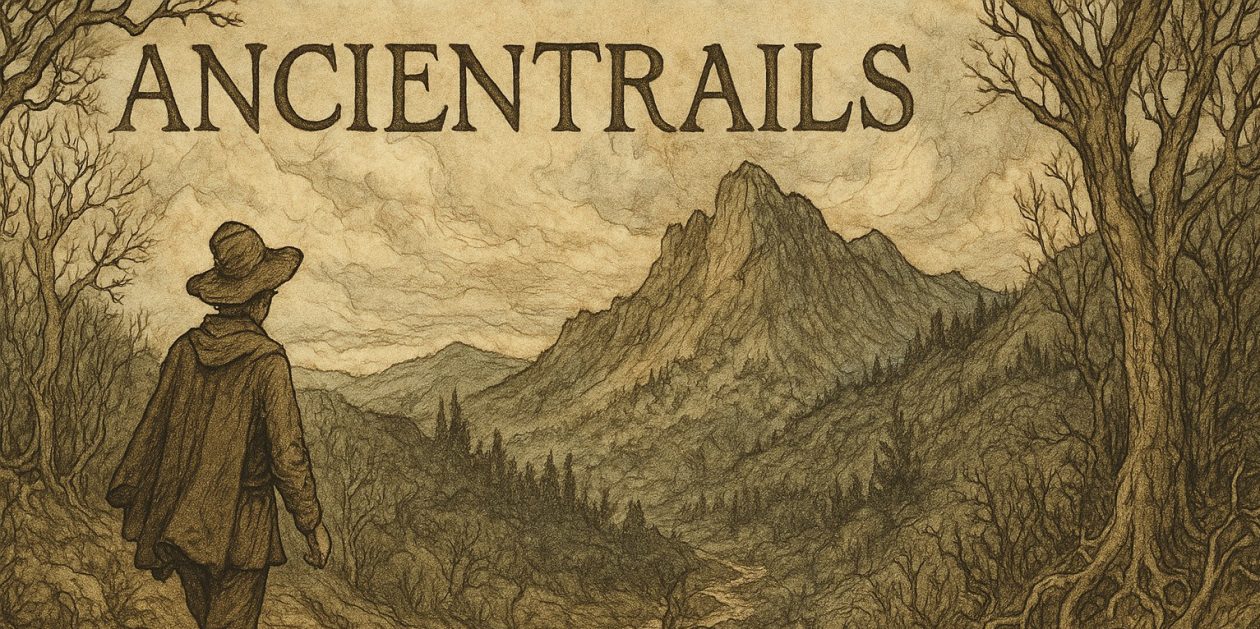Samhain Thanksgiving Moon
Beginning to play with the post-modern idea of the unreliable narrator, a staple of certain literary fictions and now understandable to me. The most unreliable narrator of all may be our Self, or, rather, the work done by our mind to create a self. As we attempt to weave a coherent notion of our story–how this, what, let’s use Heidegger’s idea of dasein–this dasein came to be here now, we impose on our memories a logic, a sequence, a string of cause and effects that explain, as best the dasein can, how it came to be in this moment.
There are many problems here, but the one I want to focus on is the fungibility of our memory and what Kant called the a prioris of thinking: space and time. Our memory changes as we access it, as we put it into new contexts, as our understanding grows and that changes happens to a quanta that was shaped by the context in which we first had the experience, the understandings we had then and by the fog created by our senses, which, by design and necessity, edit our lived experience so we can utilize it.
On top of this string of memory altering inevitables are the a priori categories of space and time, mental constructs which our reason uses to make what William James called “the blooming, buzzing confusion” worthwhile to us. We see objects in four dimensions, in a space time matrix that changes as we perceive an object, event, feeling, moment, idea.
(Henry and William James)
What this means to us is that our Self has the demanding and ultimately futile task of seeing the plot in our life, its why and its meaning. Why futile? Because we change as we touch it, not Heisenberg, no, more than that we change more than the spin or the location of memory when we touch it, we change its content and thereby change our narrative, which, as a result changes our Self. This is always happening, every moment of every day of our lives. Modernist literature like Ulysses and Remembrance of Times Past was an attempt to give to us in written form this mutability at the heart of the internal project that is us.
As I said a few posts back, this is descriptive, not proscriptive and certainly not prescriptive, and it does contain one kernel of great importance. Since we actively construct our own narrative from the experiences we can recall, we can enter into that stream and actively construct our future. In fact, unless we enter that stream with purpose, Heraclitus’s famous river, it will carry us along without our intention.
So, buckle up, strap on that orange life-preserver and take your seat in the raft that is your Self navigating the flood of your life. It’s a thrilling ride no matter where it takes you.
